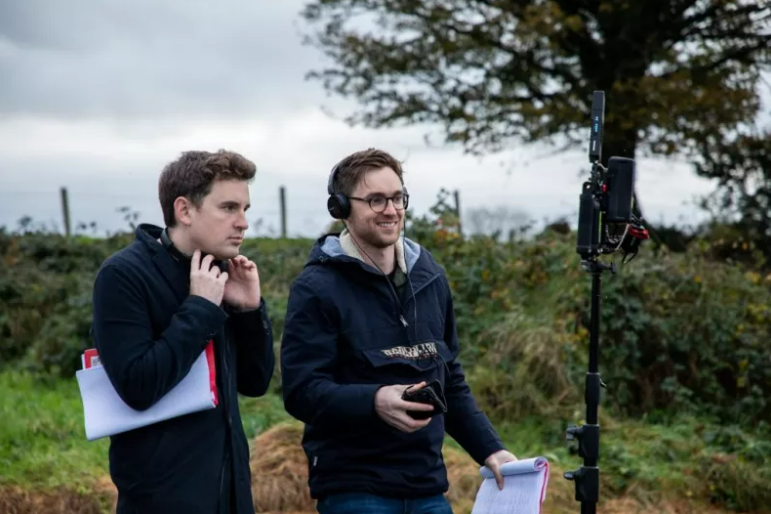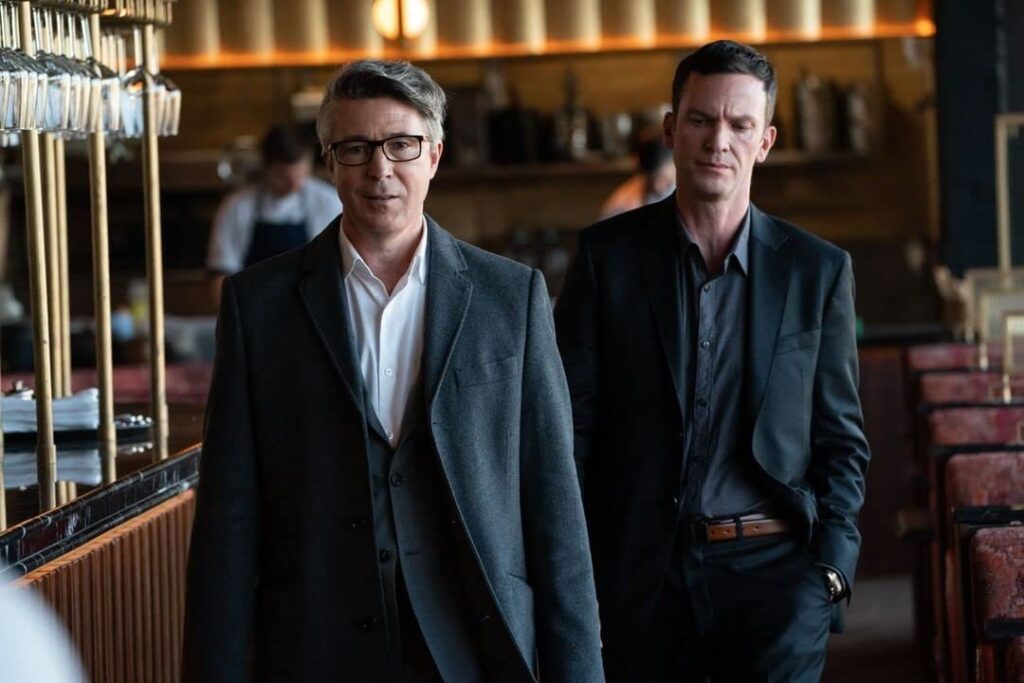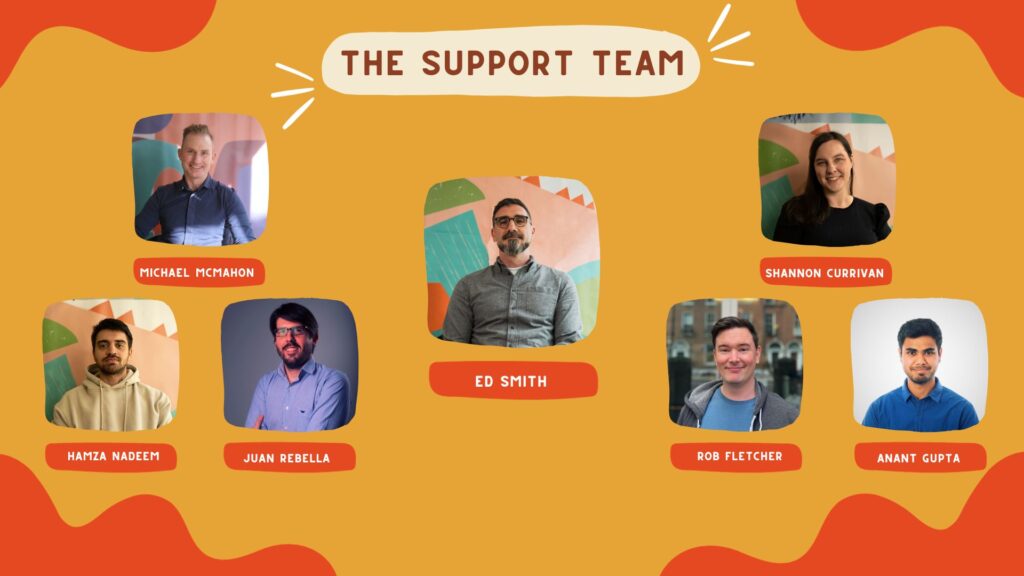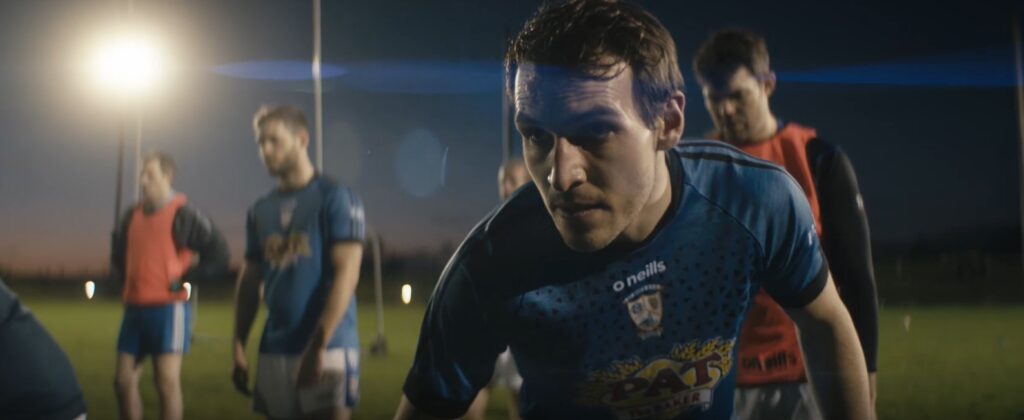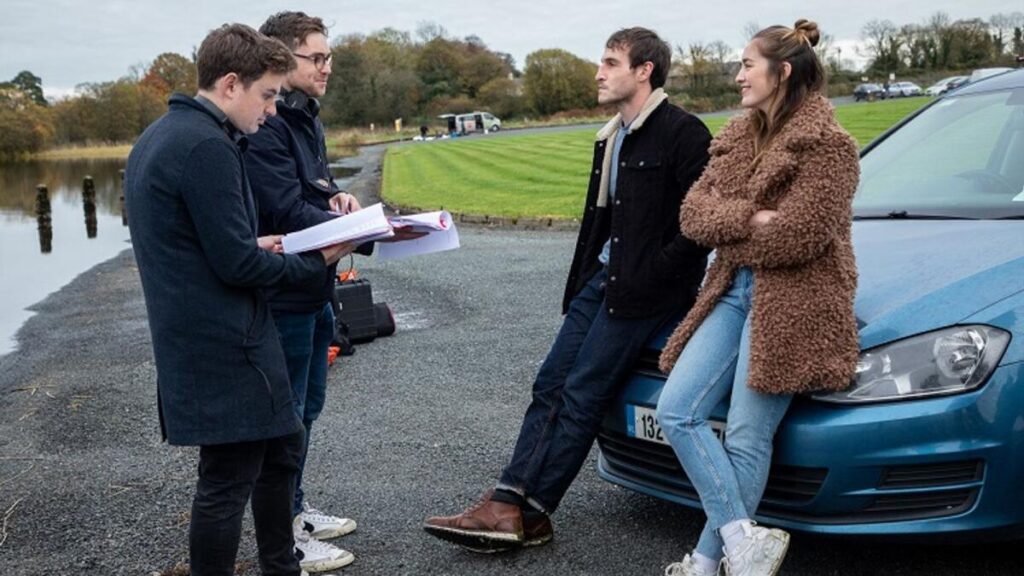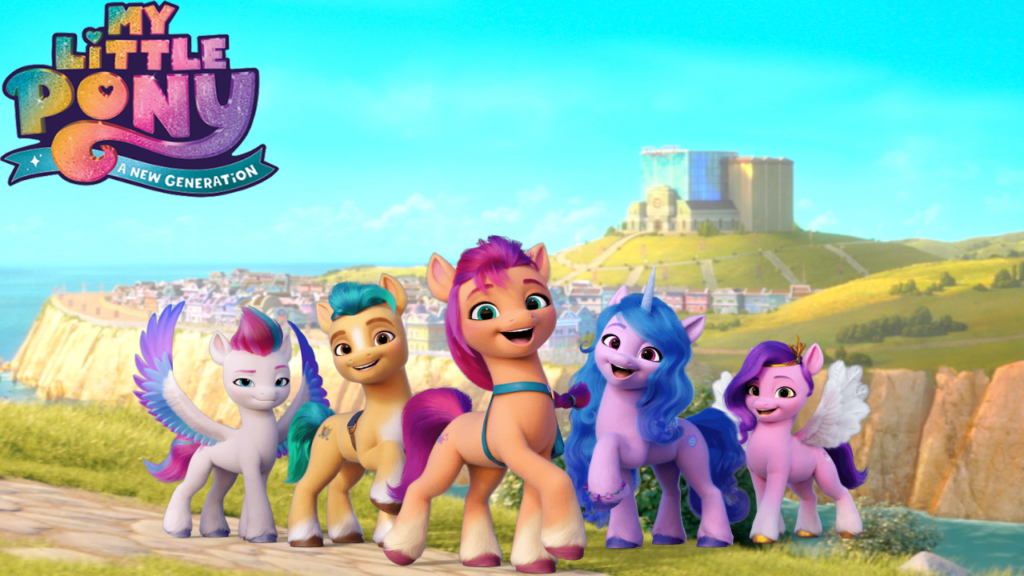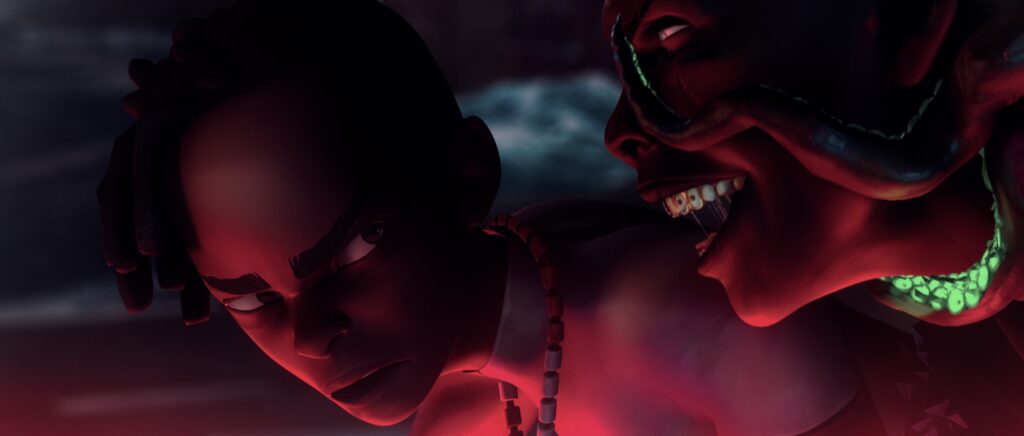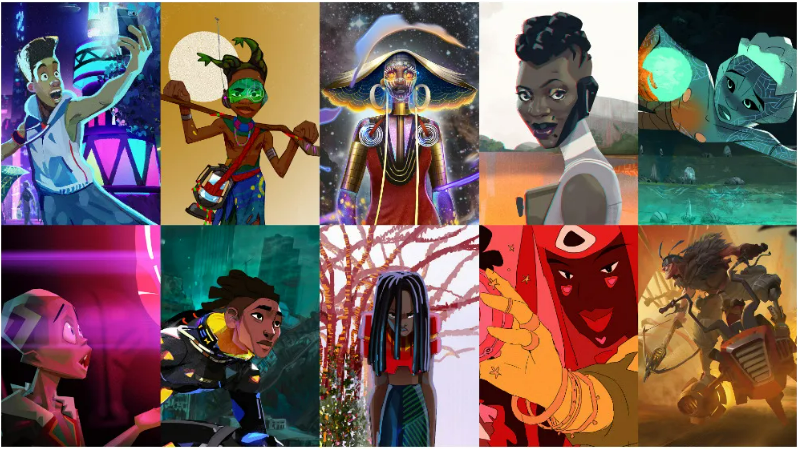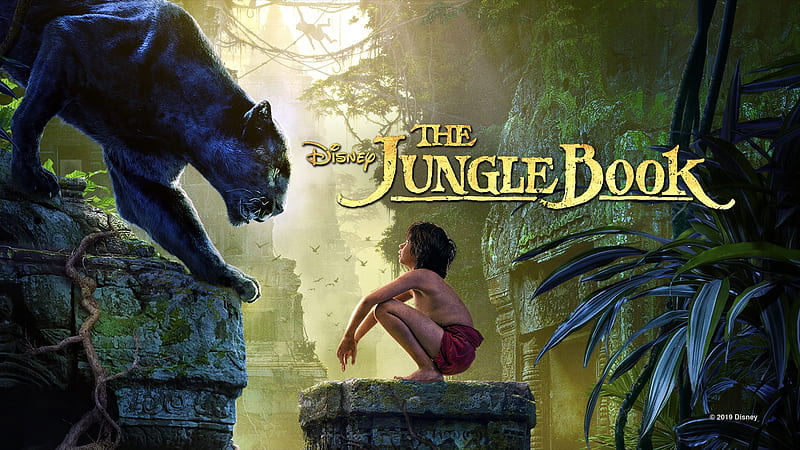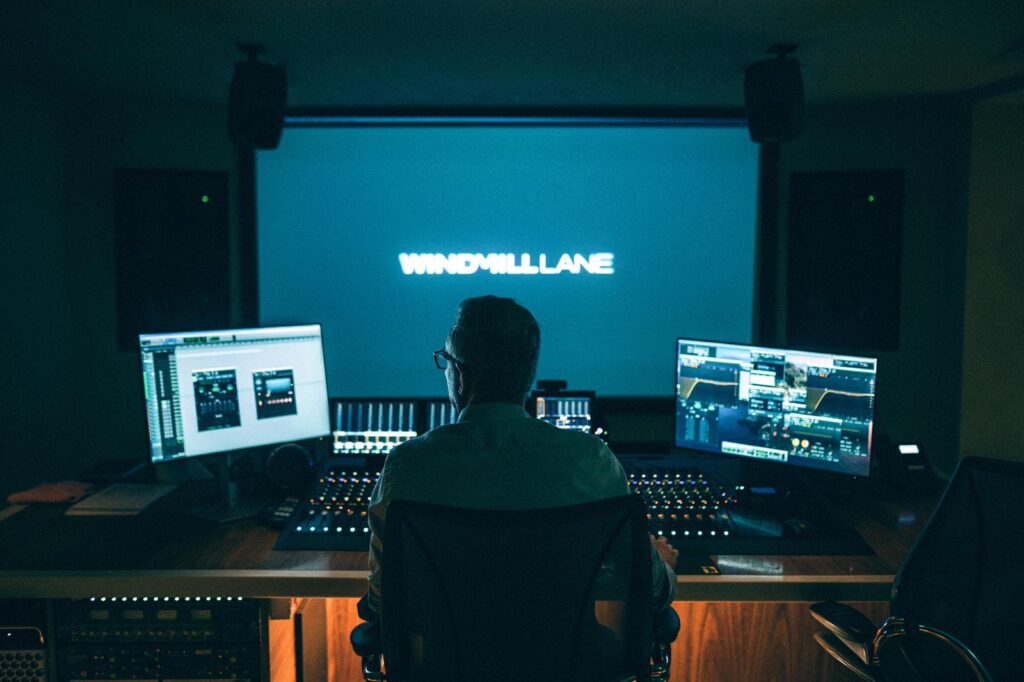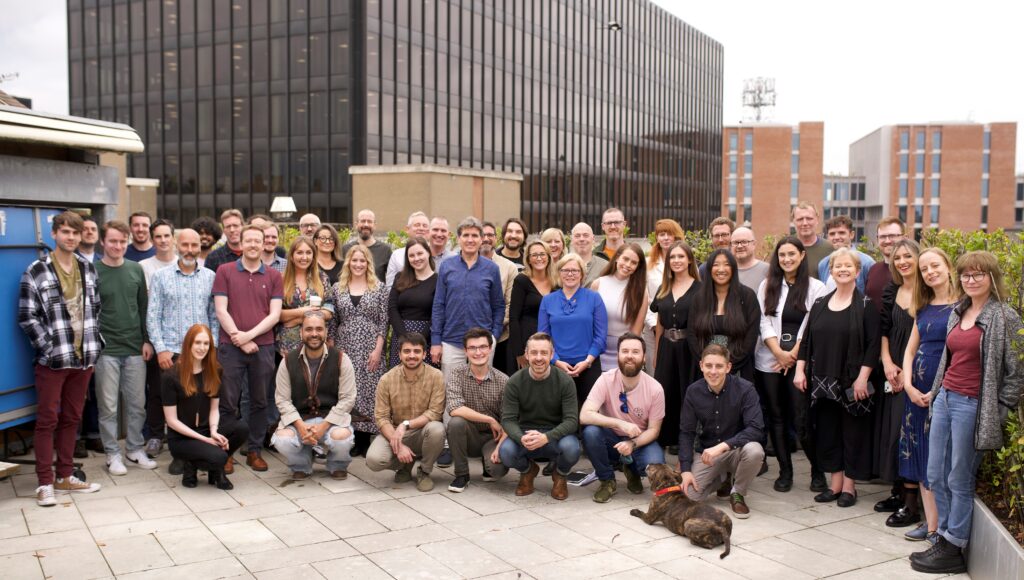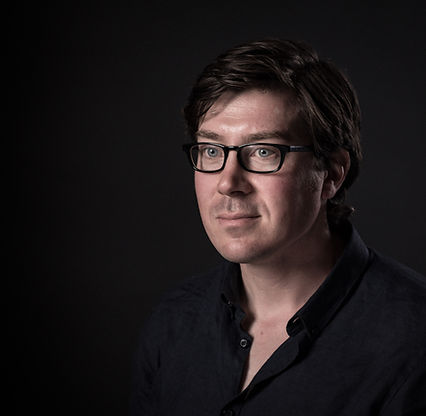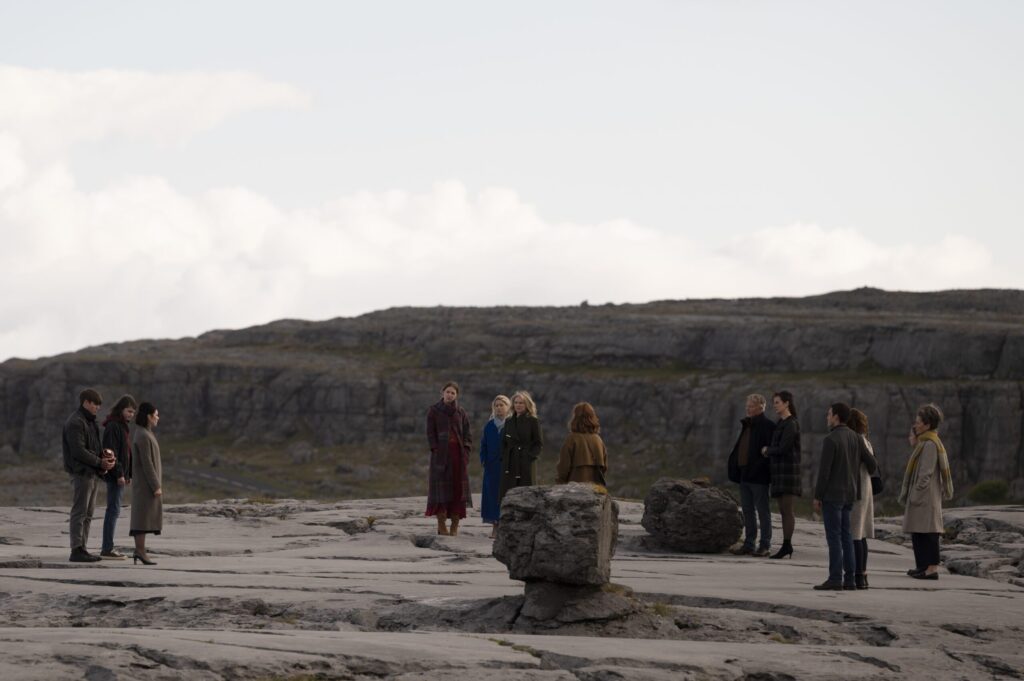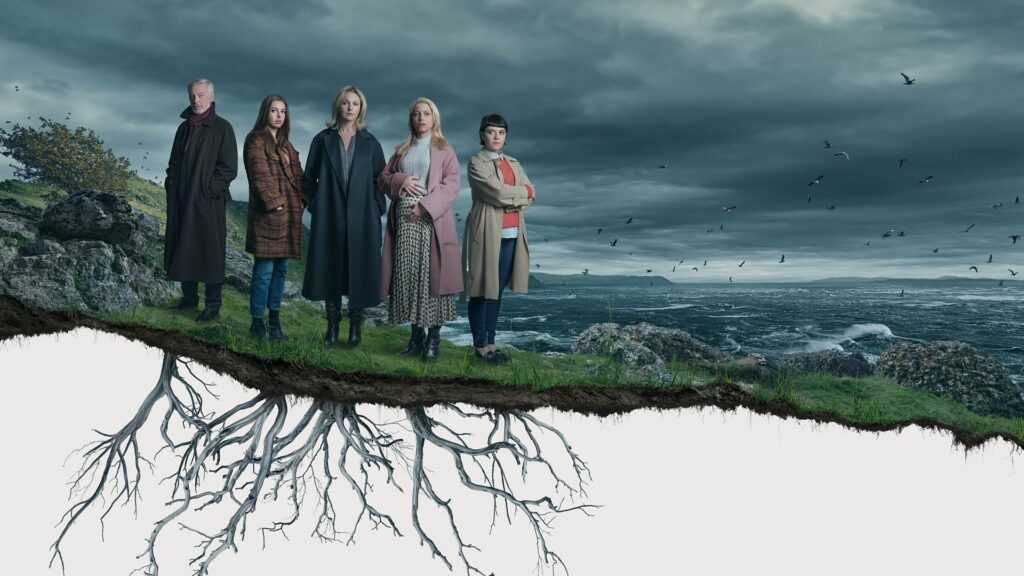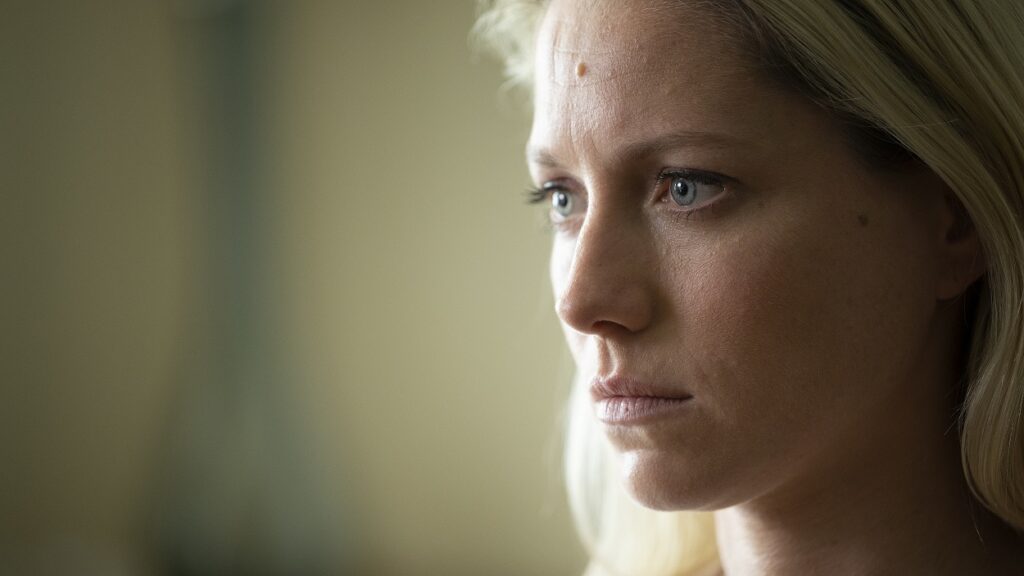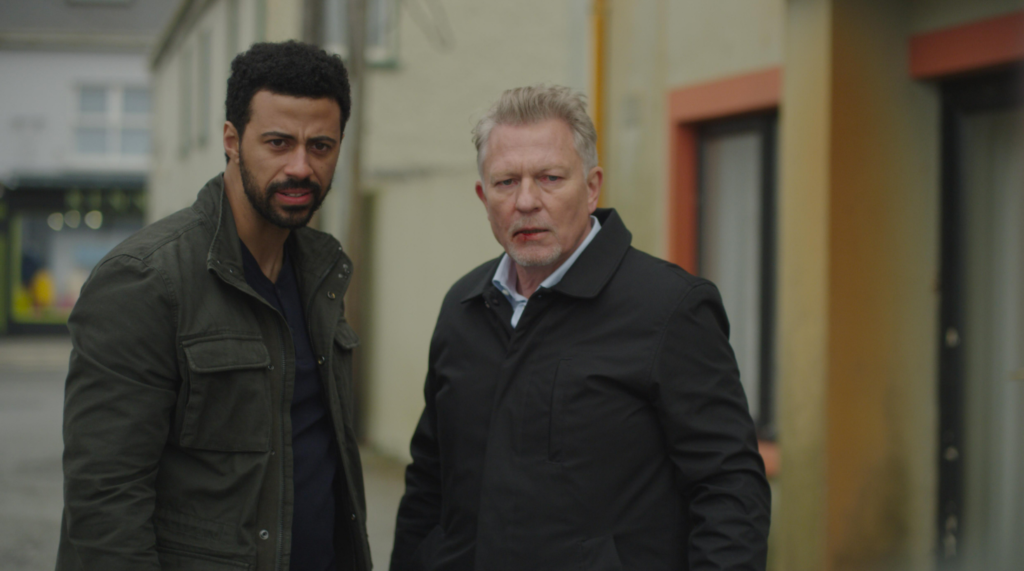We asked the staff at Windmill Lane the following question:
‘If you had to be trapped in a Christmas movie, which one would you choose?’
Deborah Doherty (Head of Production)
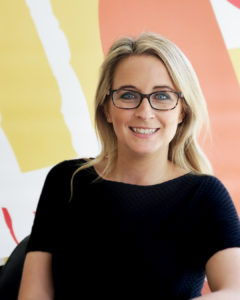
Right now after a busy few months in work and moving house I’d definitely be Kevin from Home Alone 2 – Stuck in the New York Plaza Hotel on my own with a huge room service bill.
Sean Maher (Assistant Editor)
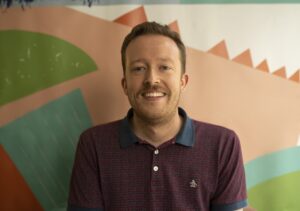
If I was to be trapped in a Christmas movie, I would probably choose The Shop Around The Corner by Ernst Lubitsch. Not my favourite film of his, but to be elegantly dressed, moving through crowds with graceful choreography and under the featheriest imitation of snow, passing by snatches of witty exchanges, foolish moments and the most 1940’s-era dewy-eyed sentimentality, that really would be something!
Barra O’Connor (VFX Data IO)
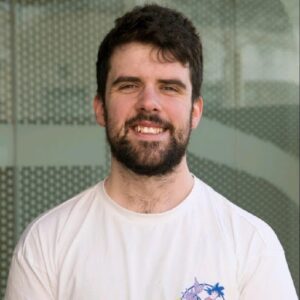
If I had to choose one to get stuck in, it would be The Santa Clause, specifically the Santa’s Workshop part of the movie. The magical feel of the place, all the toys bopping around, Bernard the Elf giving me grief, and I’ll be able to achieve that lifelong dream of finally tasting that hot chocolate that Tim Allen gets!
Abby Greene (VFX Production Coordinator)

If I was trapped in a Christmas movie it would be The Santa Clause 2! I would choose this film because I always wanted to visit the North Pole as a kid and to meet the elves (Bernard and Curtis in particular!) This movie also has the tooth fairy, mother nature and father time and I think it would be cool to get to save Christmas with the whole gang.
Lauren Fee (VFX Production Manager)

My favourite Christmas movie to be trapped in would have to be ‘A Muppet’s Christmas Carol’. Because what a fun zaney world it would be. Lots of singing and dancing and nothing bad can happen. Much better than Krampus’ world. Plus you get to hang out with Miss Piggy and Michael Cane!
Isis Eridane Cortes Sauza (Compositor)

I would choose How the Grinch Stole Christmas (2000) because it is such a magical place. Besides, all the people in the town have really cool outfits and hairstyles and it looks like a stunning place to be around Christmas time. In terms of the music, nothing beats the original song “You’re a Mean One, Mr. Grinch” originally written and composed for the 1966 cartoon special How the Grinch Stole Christmas! The lyrics were written by Theodor “Dr. Seuss” Geisel, the music was composed by Albert Hague, and the song was performed by Thurl Ravenscroft. If it was Christmas what a wonderful place it would be living in a world of Dr Seuss.
Tony McFadden (Compositor)
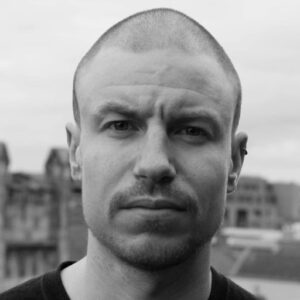
The Christmas movie I would like to be stuck in is Reginald Hudlin’s “Candy Cane Lane”, and why? Because it is about a man who is determined to win his neighbourhood’s annual Christmas house decorating contest, and to me, that just sounds like such a perfect life.
Tom Morris (Re-recording Mixer)

I’d definitely go for ‘The Nightmare Before Christmas’. It’s two holiday movies for the price of one! Plus being able to switch from merry to spooky at any time really is the dream.
Juan Rebella (Engineer)

If I had to choose, my favourite Christmas movie would be Home Alone 2. It’s the most popular one in my hometown during Christmas Eve.
I still remember being ten years old and dreaming of being in Kevin’s situation during those vacations! “It was a ground breaking film in its time!”
Gina Brady (Office Manager)
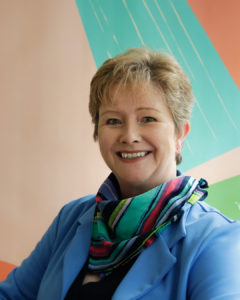
It would have to be Elf, so much adventure and funny drama. I would love to be Buddy’s (Will Ferrell) assistant. I just think this film has such a feel-good factor, it’s hilarious and is one film that we as a family sit down together and watch every year!
Ali Neary (HR Manager)
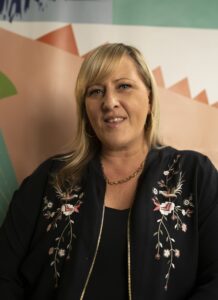
If I had to be trapped in a Christmas movie it would have to be Home Alone, that gaff is unreal!
After I sorted out the burglars I’d probably just let the Mam back in and then set up more booby traps to keep Uncle Frank, Buzz and the rest of the awful McCallister clan out and I’d be happily eating cheese pizza in the most iconic movie house ever with Moira Rose, amazing!
Sarah Gillick (2D Compositor)
![]()

It’d be nice to be trapped in something like Frozen with singing rock people and lots of ice skating, but I think the worst Christmas movie to be trapped in would be the movie the Santa Clause(1994); Tim Allen accidentally kills Santa and has to take on the role himself. He gets trapped as Santa, he ages prematurely, and his whole life is taken over by Christmas. Great movie, and good for teaching kids about leaving Santa to work in peace in case you distract him, he falls off your roof, and you’re trapped as Santa forever!
Emily Burke (Post Production Producer)
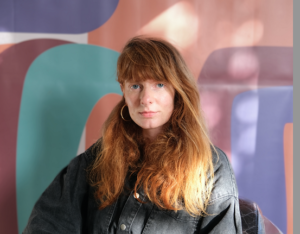
Edward Scissorhands – My hands would be scissors.
Catherine Synnott (Interim CEO)

My ideal pick would be The Snowman. The thought of gliding gracefully through the countryside, mirroring his magical flights would be my dream come true.



